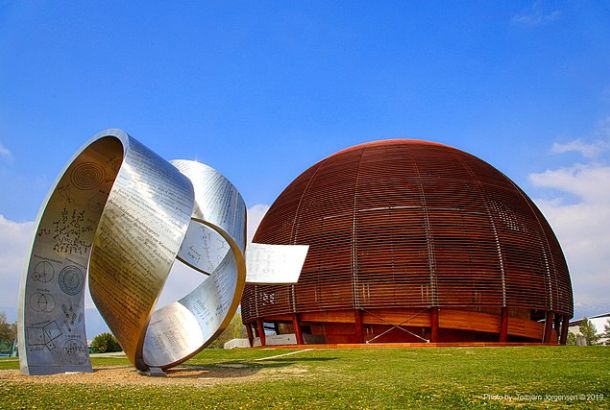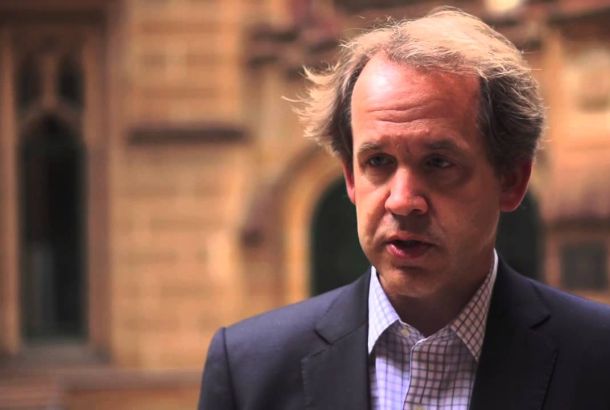Invisibility cloaks becoming reality
By David Lack
Invisibility cloaks or cloaking devices sound like they belong in Harry Potter or James Bond movies. However recent technological advances mean that cloaking devices are quickly becoming reality.
The latest cloaking technology uses carbon nanotubes embedded into aerogel, a foam-like material, to deflect light as a mirage does in a desert. We see objects by detecting particles of light, known as photons, when they are reflected from objects. This technology redirects the photons so our eyes detect the photons from the sky instead of reflected from the object, making it invisible to us. This phenomenon is called “photothermal” deflection.
The material creates the mirage effect when electrically heated as it is far more efficient at transferring heat to its surroundings than normal materials. This is similar to how mirages are formed in deserts when heat is reflected off the desert surface. Another way the device works is that the hotter the material gets, the easier light can move through it without interacting and therefore not be reflected off it. It is because the material needs to be heated quickly that the device works best underwater as water has a higher temperature gradient: it allows temperatures to change quicker than in air.
This latest research by the University of Texas into carbon nanotubes is the most promising example of cloaking devices in the optical range of light so far.
Other cloaking technologies include electromagnetic antennas and metamaterials. These bend photons around an object. However these tend to work only for specific frequencies of light. For example, they can bend a certain colour of light around an object but others will still interact normally with the object.
These technologies have only been tested with low frequencies of light so we may be waiting a while longer for Harry Potter technology.







